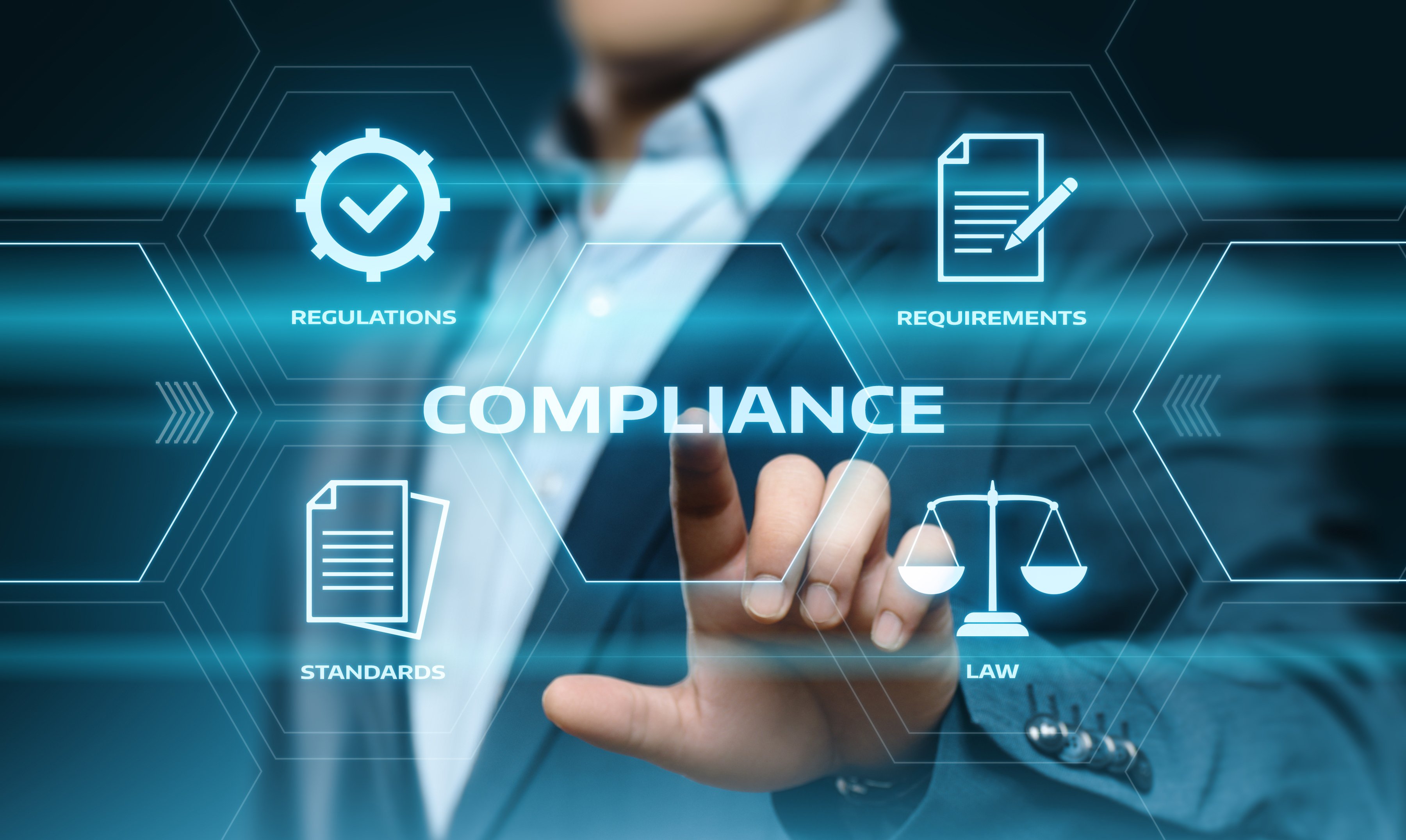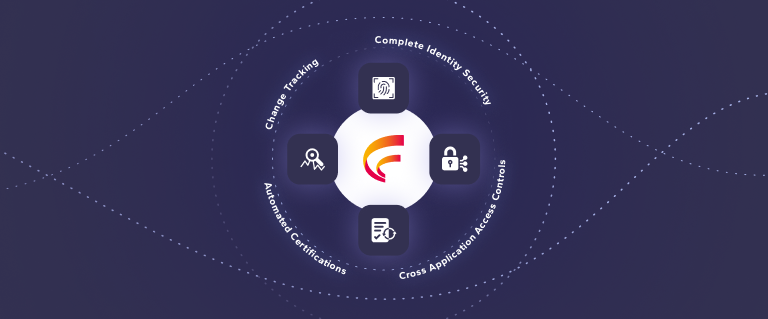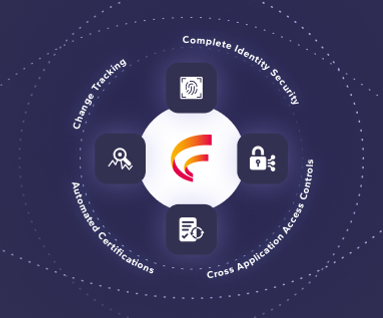The Crucial Role of Access Controls in Identity Governance and Administration Platforms
By Frances Fenemore
06/29/2023
4min read

In today's interconnected and digital world, organizations face numerous challenges in protecting their sensitive data and ensuring compliance with various regulations. With the increasing complexity of IT infrastructures, cloud-based business applications and the growing number of cyber threats, effective identity governance and administration (IGA) platforms have become essential. At the core of any robust IGA platform lies the implementation of strong access controls. In this blog I’ll explore the significance of access controls in an IGA platform and how they contribute to enhanced security, regulatory compliance, and overall risk management.
Safeguarding Sensitive Data:
Access controls are critical for safeguarding an organization's sensitive data. They act as a gatekeeper, ensuring that only authorized individuals have the necessary permissions to access specific resources or data. By implementing access controls in an IGA platform, organizations can prevent unauthorized users from gaining access to sensitive data, helping to mitigate the risk of data breaches and unauthorized disclosures. Access controls, when implemented at the lowest granular security level, limit exposure to potential threats and significantly reduce the attack surface, making it harder for malicious actors to compromise applications and data Access Control management ensures the right users, have the right access, at the right time to applications and data.
Enforcing the Principle of Least Privilege Access:
The principle of least privilege access is a fundamental security concept that restricts user access rights to the bare minimum necessary to perform their job function. Access controls enable organizations to implement least privilege access effectively. By granting users only the permissions they require to carry out their tasks, organizations reduce the risk of accidental or intentional misuse of privileges. Implementing least privilege access through access controls ensures that employees, contractors, and vendors have the appropriate level of access, preventing unauthorized activities and unauthorized access to critical applications and data. It further supports a more broader security posture, where least privilege access, paired with zero trust, helps to build a robust controlled environment to secure an organization’s applications and data enterprise wide.
Regulatory Compliance:
Compliance with industry regulations and data protection laws is a crucial consideration for organizations across various industries. Access controls play a vital role in meeting these compliance requirements. They enable organizations to demonstrate accountability by implementing access policies that align with regulatory guidelines. Whether it is the General Data Protection Regulation (GDPR), Sarbanes-Oxley (SOX), or Health Insurance Portability and Accountability Act (HIPAA), access controls provide a framework to enforce data privacy, confidentiality, and use requirements. By implementing strong access controls within an IGA platform, organizations can streamline compliance efforts and reduce the risk of penalties, reputational damage, and legal consequences, while at the same time automating provisioning processes to organizations save time and money.
Mitigating Insider Threats:
Insider threats, whether intentional or unintentional, pose significant risks to organizations. Access controls are instrumental in mitigating these threats by implementing separation of duties (SoD) and monitoring user activities. SoD ensures that no single individual has excessive access privileges that could enable them to carry out fraudulent or malicious activities unnoticed. This includes financials systems where fraudulent activities could impact accurate financial statements. Additionally, access controls enable comprehensive auditing and monitoring of user actions, allowing organizations to detect and respond to suspicious behavior promptly. By implementing these controls within an IGA platform, organizations can establish a strong deterrent against insider threats and maintain a secure environment.
Improved Risk Management:
Access controls are an essential component of comprehensive risk management strategies. By implementing granular level access controls, organizations can assign access rights or privileges based on user roles, responsibilities, and job function. This approach reduces the risk of unauthorized access and limits the potential impact of a security incident. Access controls also enable organizations to respond quickly to personnel changes, such as employees changing roles, transferring departments, or leaving the organization. Efficient management of access rights ensures that access privileges are promptly granted or revoked, minimizing the exposure to potential risks associated with outdated or inappropriate access, lowering the risk of fraud, and improving the overall security and risk posture of the organization.
Conclusion:
In the dynamic landscape of modern IT environments, identity governance and administration (IGA) platforms play a pivotal role in ensuring security, regulatory compliance, and effective risk management. Leveraging access controls as the cornerstone of any robust IGA platform is a must, if organizations are going to improve their security posture to address threats, both external and internal, in today’s ever-growing application and data landscape.











 (515) 276-1779
(515) 276-1779  (515) 864-0318
(515) 864-0318  info@gofastpath.com
info@gofastpath.com